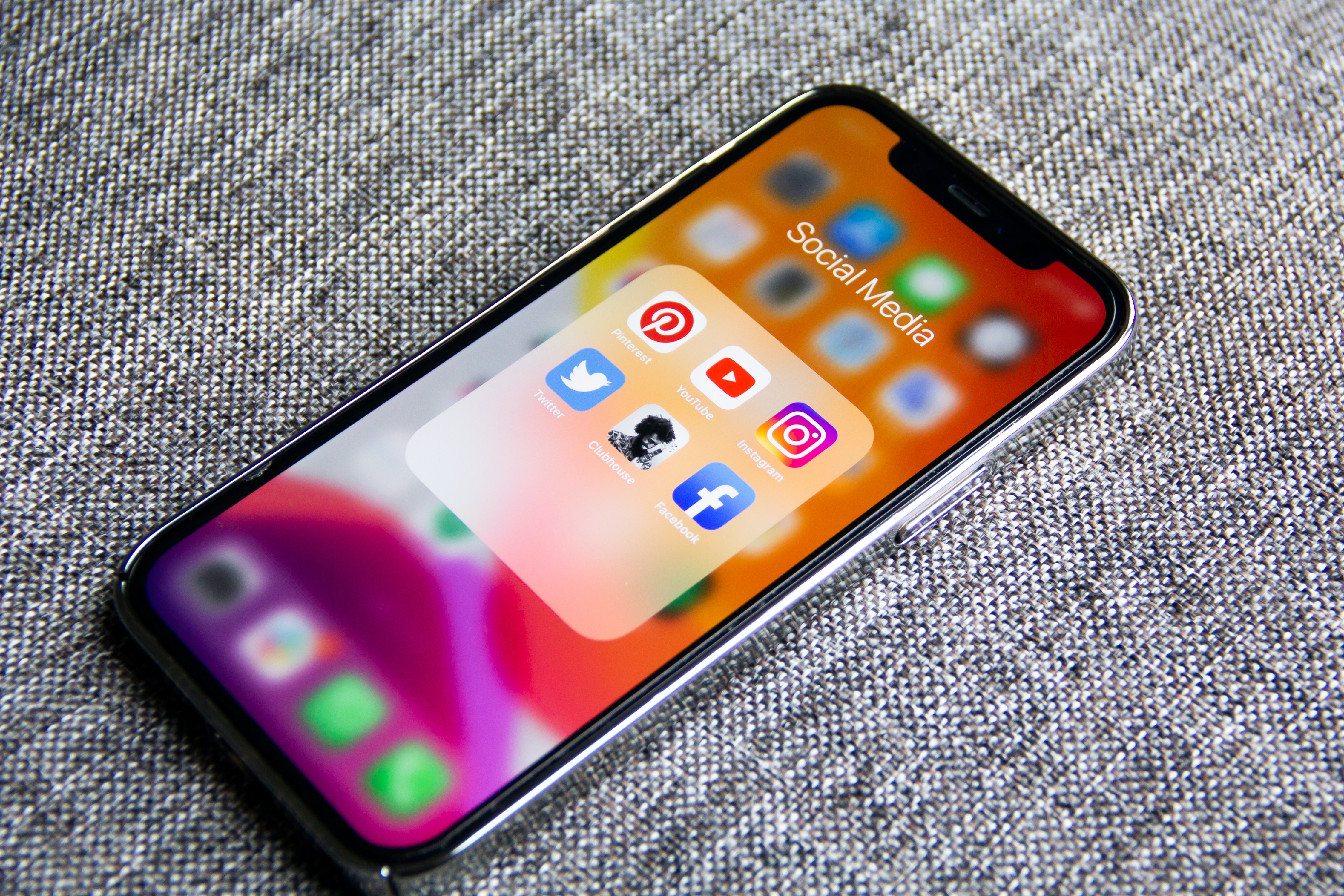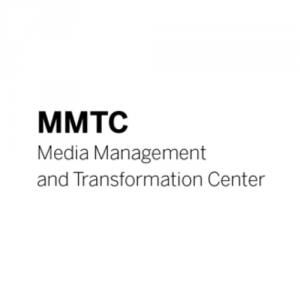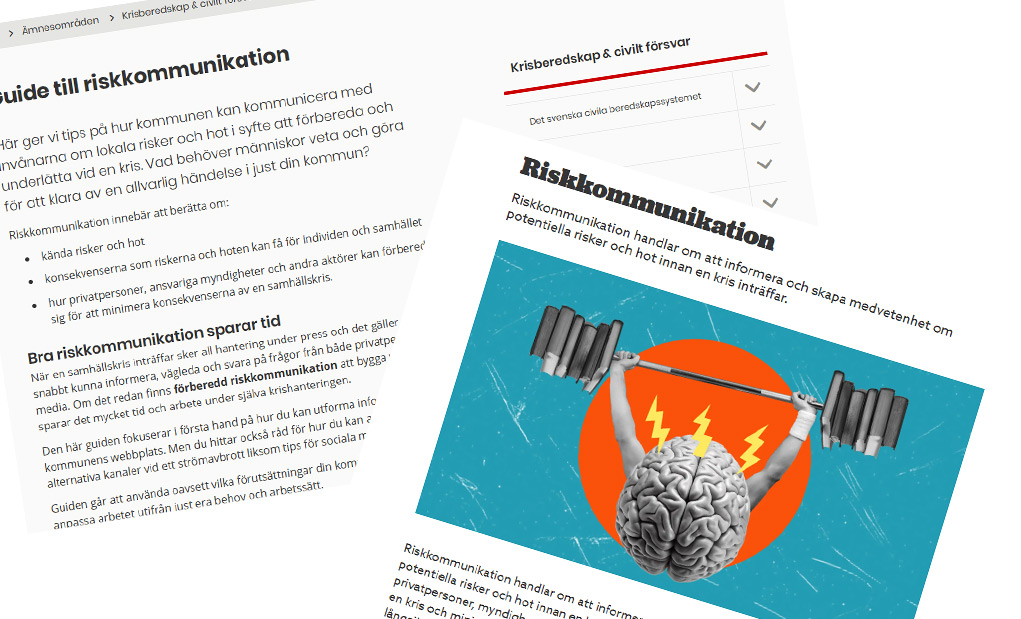Media Management and Transformation Centre (MMTC) at JIBS
Fascinating discovery: Recent JIBS study goes viral

Photo by Adem AY on Unsplash
More and more people read news online and via social media. According to the Digital News Report 2020, approximately 50% of Swedish consumers get their news from Facebook, Twitter, and other social platforms, compared to 28% that still read printed newspapers.
The competition for online attention is fierce, due to an increasing number of content creators. Media companies have therefore been testing new ways to reach their audiences. A rather controversial strategy to catch consumers’ attention is clickbait, which involves curiosity-arousing headlines that have the sole purpose of creating clicks. Examples are 10 Things You Don’t Know about Zlatan Ibrahimović or The Secret to Lose Weight Permanently or the headline of this blog post.
Clickbait headlines and associated articles may generate additional clicks, but they are not very informative and often lead to disappointment among news consumers. Media companies face a dilemma: How much clickbait can we use to catch readers’ attention without annoying them?
In a recent study published in New Media & Society, MMTC member and JIBS Associate Professor Marcel Garz, together with his co-author, investigate this question, based on a sample of more than 2 million Tweets and Facebook posts of media outlets. The study uses supervised machine learning to identify clickbait headlines: The authors train an algorithm that classifies news stories into clickbait and traditional content, based on the characteristics of the message text.
The results indicate a “wear-out” threshold of clickbait of 21% on Facebook. Media companies posting less clickbait may increase the number of clicks, likes, shares, etc. by expanding their clickbait supply, whereas news outlets above this threshold generate a less-than-optimal level of user interaction because they disgruntle the audience. On Twitter, where users tend to be more sophisticated, the optimal clickbait rate is 6%. That is, here the audience has a lot less tolerance for these headlines and quickly leaves if media outlets provide too much clickbait.
The study also shows that media outlets constantly “experiment” to find the true clickbait threshold. This adjustment process can be described by game theory, where individual media outlets are “players” that mimic each other’s behaviour. Similar to insects that leave pheromone trails, media companies coordinate the supply of clickbait by leaving communicative cues, which has led to a convergence of publication strategies in the news industry.
In the interest of full disclosure: The study has not gone viral and using deceptive headlines is bad!
Detta är en bloggtext. Det är skribenten som står för åsikterna som förs fram i texten, inte Jönköping University.


.png)


